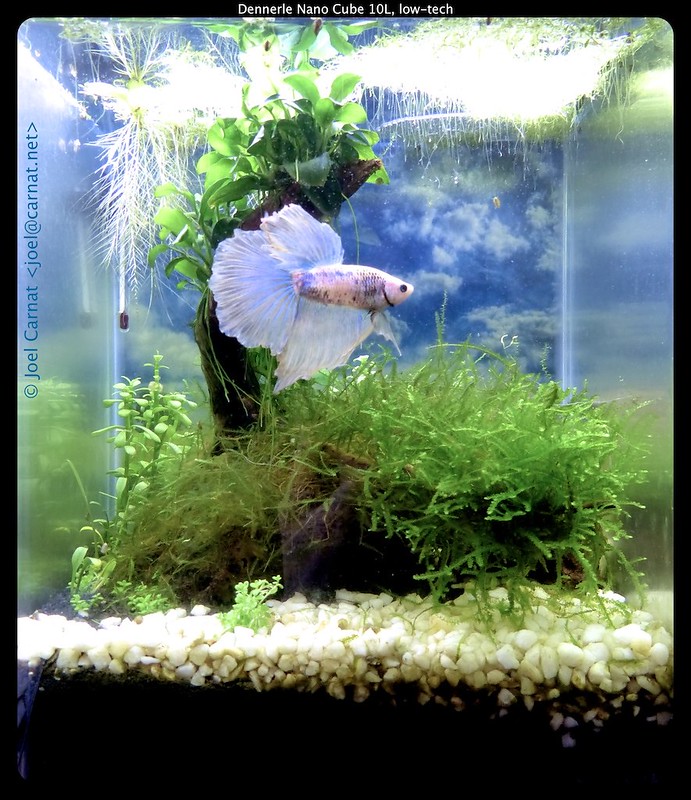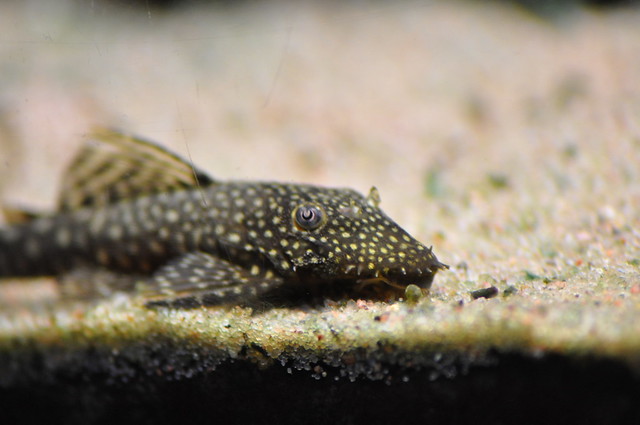 |
| A diver cleaning acrylic at the Georgia Aquarium. (Photo credit: Wikipedia) |
* For cleaning the outside of your acrylic tank DO NOT use products that contain ammonia, alcohol, or abrasives such as Windex and other commercial cleaners. DO NOT use coarse sponges or pads. The best thing to use is a soft cotton cloth with water or polish dedicated especially to acrylic.
* Mag-floats or a soft cotton cloth should be used on the inside of an acrylic tank to remove algae. Be extremely careful as to not allow sand and gravel to come between the mag-float/cloth and acrylic while cleaning, it will more than likely leave scratches. There are also sponges/pads made for cleaning aquariums that are compatible with acrylic as well, but be sure to read the labels and directions carefully.
*When there are algae close to the bottom of the tank, gently move aside any sand or gravel close to the edge of the acrylic. Use a plastic card (something like a credit card) to gently scrape off the algae from the acrylic sides. Soft plastic scrapers can also be purchased that are used for cleaning aquariums.
*Gravel or sand vacuums are great for cleaning the bottom of any fish tank. Be careful when using not to bump the sides of the acrylic tank.
*If algae become a big problem, you can empty the entire fish tank and soak with bleach water (use 1 part bleach to 20 parts water) for 24-48 hours. The algae will wipe off clean with a soft cotton cloth. Remember when refilling the acrylic aquarium to use double the amount of water conditioner (start right) to accommodate for the bleach.
* If scratches do occur in your acrylic tank, purchase an acrylic scratch removal kit. These will allow you to buff the scratches right out. There are even some kits that can be safely used underwater without having to remove any life from the aquarium.
Acrylic fish tanks have multiple advantages that come with them, but one common concern about them is their ability to scratch easily. Acrylic tanks can scratch, but the great thing about acrylic is that those scratches can be removed. Glass can also scratch, but there is no removing those scars on glass tanks. With the right equipment and knowledge, cleaning your acrylic fish tank is simple and scratches can be avoided.
|







